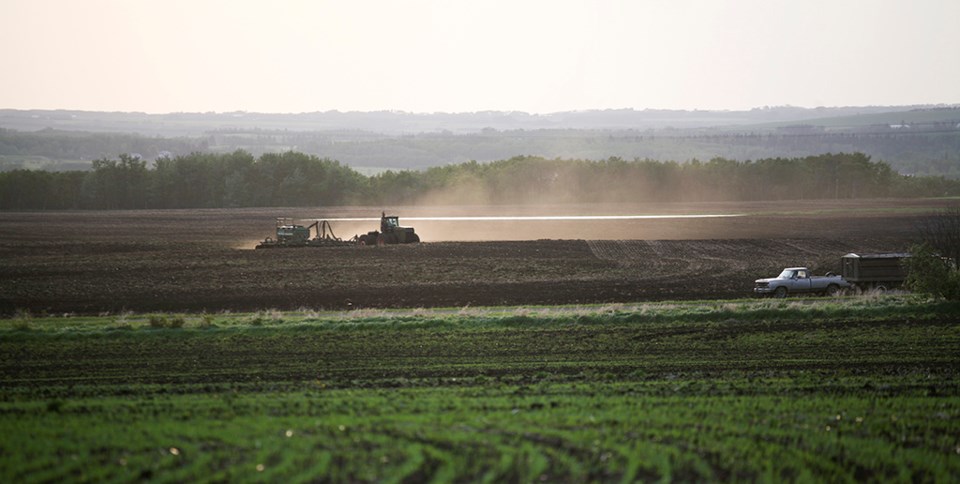CANORA - Cooler temperatures, spotty rains and lack of growth have delayed haying operations for many producers in the region. Although crops are nicely advancing and are in relatively good shape overall, many are behind their normal developmental stages for this time of year. Significant rainfall and warmer weather are needed to improve plant growth for crops, hay land and pasture. For those areas that have not received rainfall lately, drought stress has taken a toll and crops are prematurely advancing and drying down. Many producers have indicated that so far crops are in much better condition than this time last year.
Most of the region received trace amounts to no rain while others had spotty showers or localized downpours. The Smiley area received 39 mm, the Tugaske area 33 mm, the Marengo area 26 mm, the Kerrobert area 14 mm, the Wilkie area six mm the Rosthern area five mm, the Cando area three mm and the Conquest area two mm.
Topsoil moisture conditions have improved in the region. Cropland topsoil moisture is rated as six per cent surplus, 64 per cent adequate, 25 per cent short and five per cent very short. Hay land and pasture topsoil moisture is rated as 55 per cent adequate, 40 per cent short and five per cent very short. While Crop District 7A is reporting that 18 per cent of the cropland has surplus topsoil moisture, 12 per cent is currently very short topsoil moisture.
Livestock producers now have eight per cent of the hay crop cut and four per cent baled or put into silage. Hay quality at this time is rated as 14 per cent excellent, 38 per cent good, 38 per cent fair and 10 per cent poor. Pasture conditions are currently rated as three per cent excellent, 42 per cent good, 42 per cent fair, 12 per cent poor and one per cent very poor.
Strong winds, drought and localized flooding were the main causes of crop damage this week while producers continue to control pests such as gophers and grasshoppers. Producers are also spraying fungicides on pulse and cereal crops.




